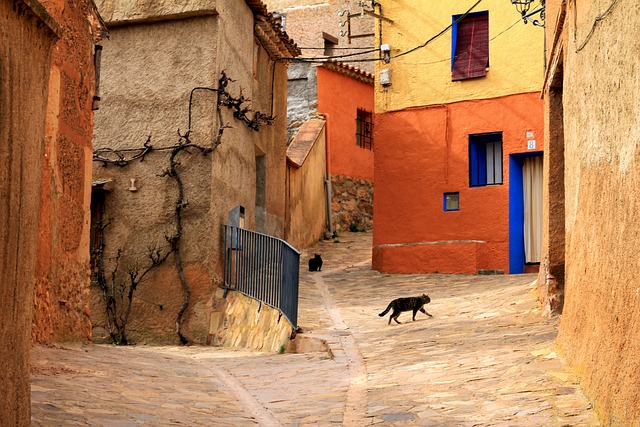Imagine stepping out of your apartment and being greeted not by honking horns and concrete greys, but by the rich scent of jasmine, the rustle of leaves underfoot, and the soothing hum of bees at work. This isn’t a scene from a nature reserve—it’s an urban community eco-base.
In the midst of an ever-growing urban sprawl, city dwellers often yearn for a deeper connection to nature. It’s a subtle longing that grows with every breath of polluted air and every moment spent detached from the earth. Urban community eco-bases are rising to bridge this gap, transforming neglected corners of the city into thriving sanctuaries of green.
These eco-bases aren’t just about plants—they’re about people. They bring communities together, encouraging neighbors to collaborate, share resources, and foster meaningful relationships. Gardens bloom not just with vegetables and herbs, but with stories, laughter, and the roots of solidarity. There’s something incredibly healing about tending a garden with your neighbors. The simple act of planting something can grow into a movement of sustainability and care.
Environmentally, the benefits are abundant. Urban eco-bases help clean the air, reduce heat through increased greenery, and promote biodiversity in spaces where nature once struggled to survive. Birds return. Bees find refuge. Communities breathe a little easier—not only through cleaner air, but through the calm that greenery brings to our daily lives.
From container gardening on rooftops to shared composting initiatives and rainwater harvesting, eco-bases are living classrooms. They invite young and old to learn about the cycles of life, the importance of conservation, and the critical impact of our choices on the earth. They nurture not just flora and fauna, but the environmental consciousness of entire neighborhoods.
It’s not just about green space; it’s about green space with purpose. A urban community eco-base is an expression of hope and action, a place where people reclaim their connection to nature in the heart of the city. It reminds us that even amid skyscrapers and subways, nature has a role—and so do we.



